
Beautiful beaches, urbanized cities, popular festivals and enthralling natural scenery portray Rio de Janeiro as one of the most popular tourist destination in the world: attracting millions of tourists every year. In the coming years, Rio will be the most happening city in the world from a sporting perspective, considering it will be host to the 2014 FIFA World Cup and the 2016 Summer Olympics.
Unbelievable so, the annual number of tourists to Rio will be increased considerably because of these two prodigious events. Being the second largest city of Brazil and host to about 6.3 million people, Rio has been divided into four major zones: Centro (historic centre), South Zone (tourist friendly), North Zone (residential) and the West Zone.
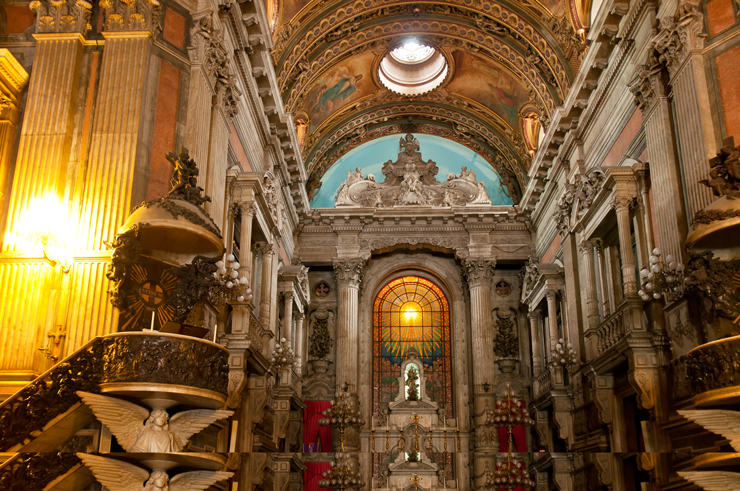
Centro: Centro is the area which serves as the historic part and as the financial sector of Rio. Interestingly, Centro portrays the modern as well as the historic side of the Brazilian culture. The historical aspect is depicted by the churches like the Candelaria, a roman catholic church built in the 17th century containing magnificent Neo Classical elements, and the Rio de Janeiro Cathedral, a metropolitan church which has a standing room capacity of 20,000 people.
A significant amount of museums, like the Carnival and the Museum of Modern Art, located in Centro provide tourists with the ancient face of the Brazilian culture. The modern side of this part of Rio is held in the tall skyscrapers, the busy roads filled with traffic and pedestrians, headquarters of major multinational corporations and restaurants which offer a vast array of traditional food. Another compelling sight is Brazil’s beloved theatre, the Theatro Municipal, which attracts large audiences because of the ballet.
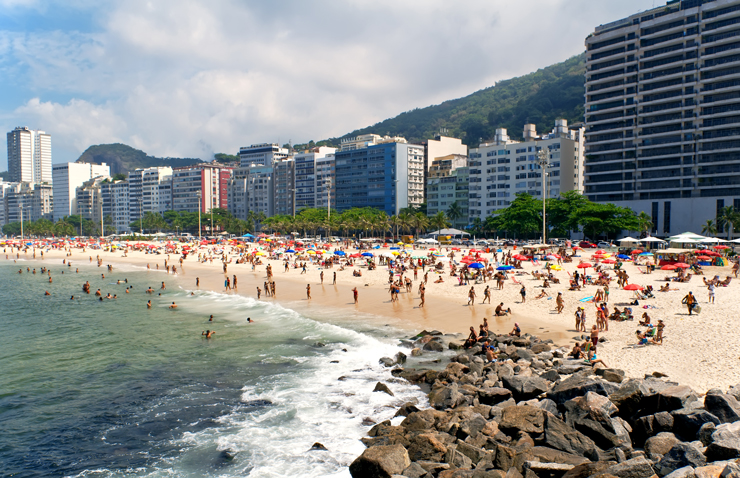
South Zone: The South zone of Rio de Janeiro is of overwhelming interest to tourists because it is the part of the city with the largest share of the coastline. It is composed of multiple beaches like the Copacabana (host to beach volleyball and beach football world cups), Ipanema (the fancy beach of Rio with a high level of fashion, voted by CNN as the best city beach of 2012), Leblon (a beautiful beach located at the foot of the Morro Dois Irmaos hill) and Aprador (characterized as the major surf spot of Rio).
The Copacabana beach on the South Zone is host to one of the most enthralling New Year parties of the world, in which a crowd of almost 2 million gathers at the beach line to watch the amazing firework display set off from the boats. Tijuca National Park, a forest which covers an area of 32 square kilometres, is also a major tourist attraction of the South Zone. The Sugarloaf Mountain, a peak that rises from the Atlantic Ocean, is also located in the South Zone. All in all, the South Zone is considered the wealthiest part of the city with a lively side that attracts millions of tourists.
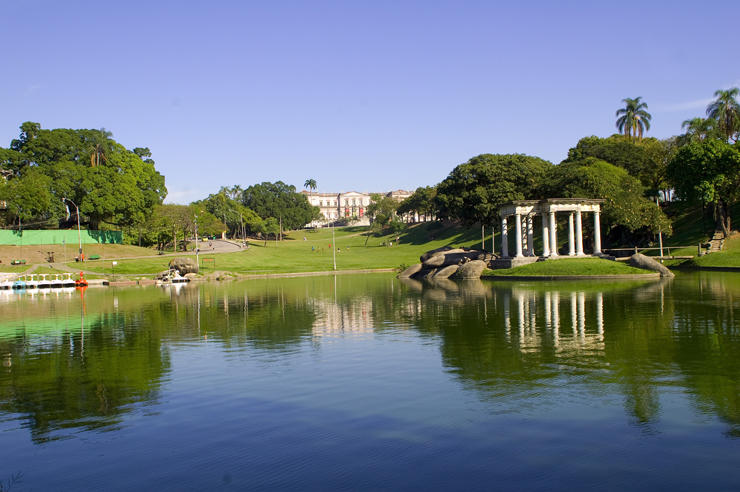
North Zone: It is the part of the city which accommodates the city’s working class, housed into an area divided into hundreds of neighbourhoods and sub-neighborhoods. The North Zone contains Quinta da Boa Vista (Park of the nice view), a park consisting of wide green lawns which were once a part of the Sao Cristavao Palace, but have now been transformed into the premises of the National Museum. The park is home to various animal species, including mammals, reptiles and birds, while the museum holds almost 287,000 items representing the Brazilian culture and art.
The Maracana stadium, a state-of-the-art 80,000 capacity stadium which will be host to many fixtures of the 2014 FIFA World Cup (including the Final), is also located in the North Zone of Rio de Janeiro. This stadium broke the world record for having the largest crowd for any football match when it had a staggering 199,000 people watching the final of the 1950 World Cup. Multiple celebrations are also held in this part of the city, such as the week-long Matriz De Sao Jorge event, which is held in remembrance of Saint George.
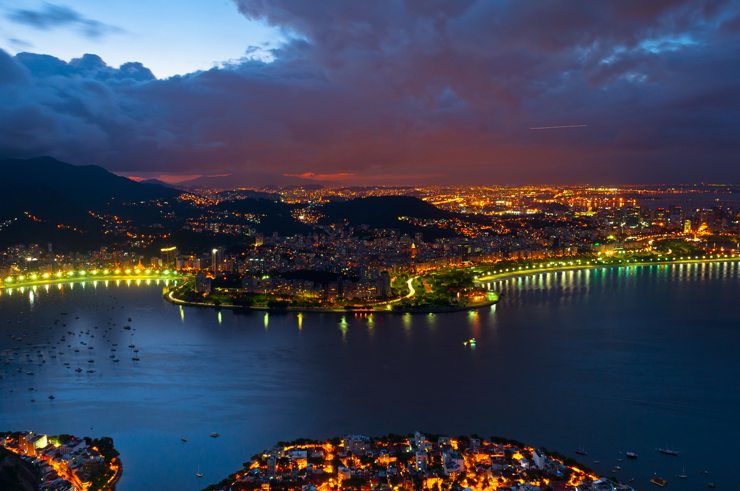
West Zone: The West Zone is the largest division of the city, accounting for almost 50% of the total area. However it also happens to be the least densely populated zone of Rio because of the preserved natural scenery and green space. Tall skyscrapers, large shopping malls, Air force bases and natural parks is what the West Zone is categorized by. It will also be home to many events during the 2016 Summer Olympic Games. The West zone is divided further into a north and a south zone. The north is home to the modernized shopping centers and malls, giving it the urban look while the south is home to the Santa Cruz neighborhood, one of the most populated neighborhoods of Rio.


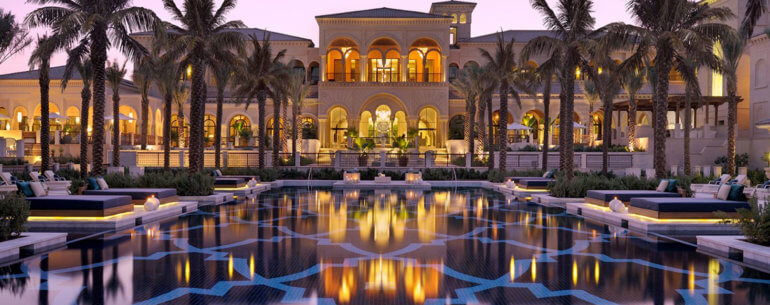
Leave a Reply
You must be logged in to post a comment.